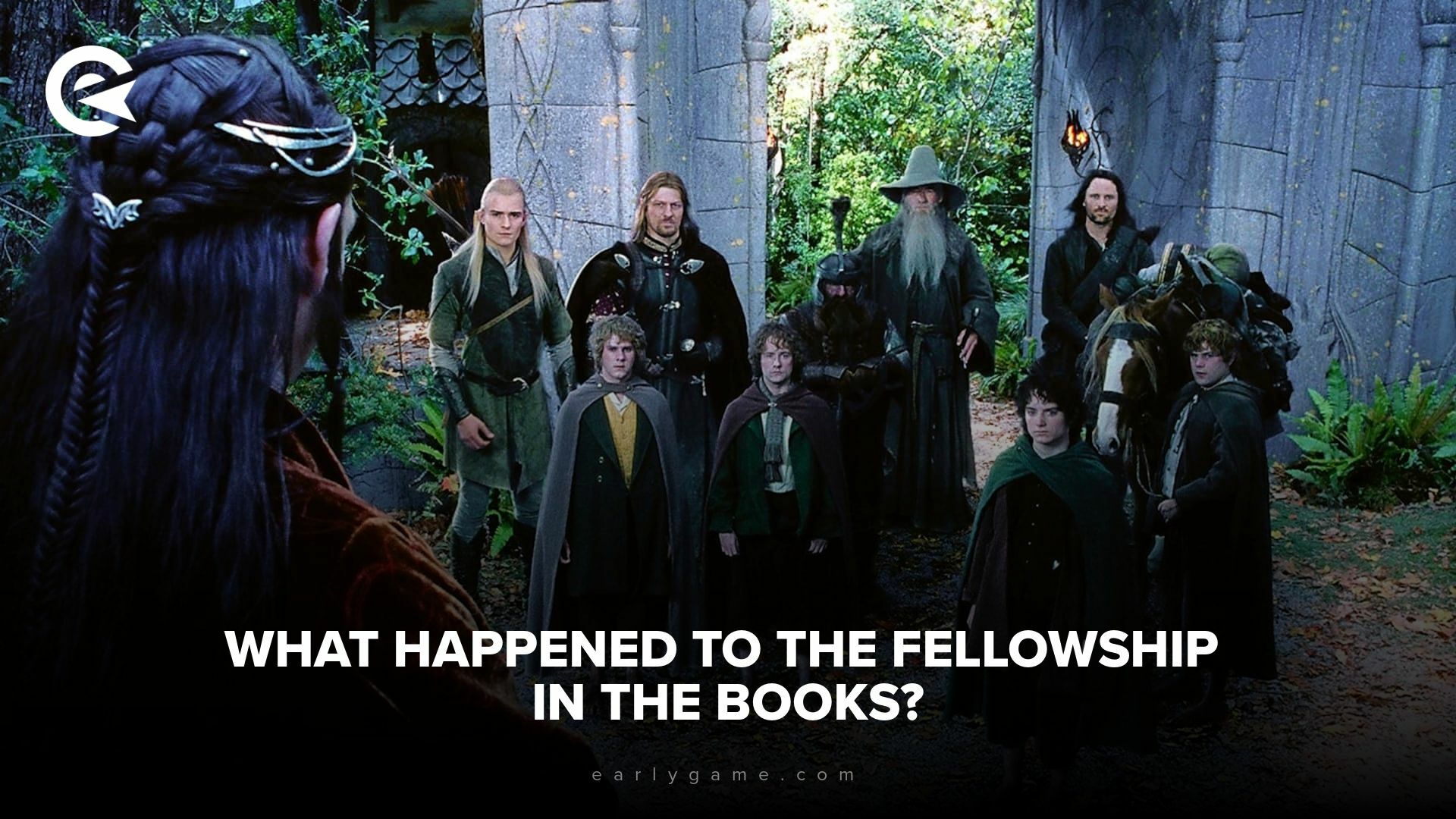While The Lord of the Rings: The Return of the King is undoubtedly a great film, it significantly condenses the ending of the books, even in the extended edition. Below, you can find out what actually happened to each of our beloved adventurers.

In The Return of the King, the free peoples of Middle-earth are finally able to defeat Sauron. Which is only possible because the Fellowship had accomplished their mission of destroying the One Ring.
But most fans of The Lord of the Rings have only seen Peter Jackson's version of events, and they aren't aware of what happened to each member of the Fellowship after the war. Don't worry, we shan't berate you for not reading the books (but you should, if nothing else they might help you appreciate The Rings of Power far more). We’ll tell you what happened to each member of the Fellowship below.
Spoiler Alert: I'm assuming that if you're reading this article, you've already seen the films (if not, what are you doing?)
Lord of the Rings: The Fate Of The Fellowship
Aragorn
The films cover Aragorn's ending quite well. He does indeed ascend to his rightful place as the King of Gondor and Arnor on May 1, T.A. 3019, after the War of the Ring. Although he assumes the name King Elessar at this point, a name given to him by Galadriel.
But the film does slightly mislead us in the presentation of the coronation scene; Arwen does not marry Aragorn when he becomes King. She returns with Elrond to Rivendell after the coronation, where it's assumed she will sail West.

A few weeks later, in the last days of May, Aragorn discovers a sapling of the White Tree of Gondor in the high hallow upon the slopes of Mindolluin, above Minas Tirith, and he takes this as a sign that Arwen will rejoin him soon. Indeed, Arwen does decide to come back to Aragorn just a few days later. She marries him, thereby becoming mortal.
The last of the Fellowship who were staying with King Elessar and Queen Arwen leave on August 22, T.A. 3019, and from there until his death 122 years later in Fo.A. 120, he enjoys a peaceful reign. He does keep the hobbits in his mind, though.
In Fo.A. 6, King Elessar officially proclaims the Shire a free land and forbids men from entering. And in Fo.A. 15 he and Arwen go and visit Pippin, Merry and Sam at the Brandywine Bridge. Pippin and Merry spend the last of their days alongside the King in Gondor, but more on that later. He is succeeded by his son Eldarion.
Boromir
This one will be very quick to cover. What you see in the films is basically what happens in the books: Boromir dies trying to protect Merry and Pippin from orcs. He is still alive when Aragorn finds him, and in his final moment he begs for forgiveness, admitting he tried to steal the ring. Aragorn assures him that he has redeemed himself with his bravery, and then he, Legolas and Gimli put Boromir into a funeral-boat and send it drifting down the Anduin.

Frodo
The hobbits could get a whole article for themselves here, because the films changed a hell of a lot when it came to their specific storyline. There was another hobbit who originally set out with Frodo called Fatty Bolger (seriously), who was completely axed from the films. But we're talking about endings here, not beginnings. So what happened to Frodo?

When the hobbits return to the Shire on October 30, T.A. 3019, after The War of the Ring, they actually have to deal with another threat in the books: Saruman. Yep, in Tolkien's version the dark wizard escapes to the Shire after Isengard falls, rather than falling to his death from Orthanc.
Although he has lost most of his magical powers, Saruman is still incredibly deceptive and convincing, and Wormtongue is still acting as his lackey. In the Shire, Saruman disguises himself as a villain called "Sharkey", and he sets about ruining the place.
Sharkey/Saruman can't physically destroy the Shire with spells, he isn't strong enough, but he is able to persuade the Sheriffs (basically hobbit police) to enact harsh laws, close all the cheery pubs, and cut down the surrounding forests. He also recruits "ruffians" (men from the surrounding area) to do his bidding.
The four returning hobbits are having none of it, and they lead what is effectively a hobbit uprising against Saruman and his ruffians called the “Scouring of the Shire”. It’s a bizarre chapter, and one that Peter Jackson was probably right to drop. At the end of the successful rebellion, Frodo corners Saruman and Wormtongue, who have made Bag End their HQ.
Frodo doesn't want any more violence done, and so he commands Saruman to simply leave the Shire. In response, Saruman tries to stab Frodo, but he can't pierce his chain mail. Frodo still asks the other hobbits not to harm Saruman, he then invites Wormtongue to stay in the Shire. Presumably jealous of this, Saruman exposes Wormtongue for killing Lotho (one of Frodo's relatives), and in response Wormtongue slits Saruman's throat, before being shot and killed by hobbit archers.
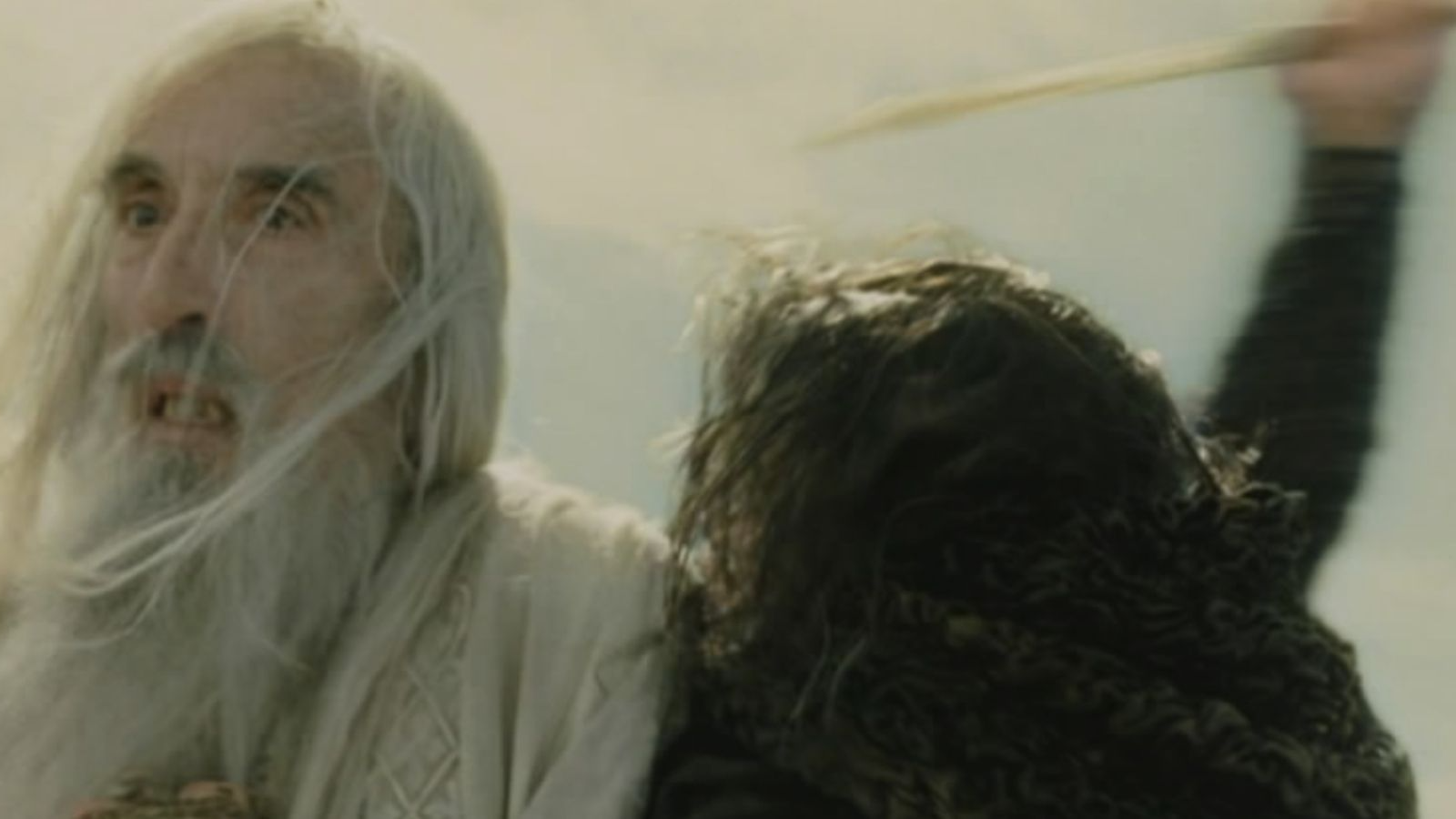
The very next day, November 4, T.A. 3019, Frodo agrees to become the next Deputy Mayor. Then, the hobbits set about repairing the Shire, with Sam using a single grain of dust from Galadriel's garden on each of the trees he plants, to replace those hacked down by the ruffians.
Frodo's time in office is fairly uneventful, besides Sam's wedding to Rosie on May 1, T.A. 3020 (exactly one year after Aragorn's coronation). And he resigns in the summer, after serving only six months.
On September 21 of the following year, T.A. 3021, Frodo sets out for the Grey Havens. The film actually covers this part quite accurately; Bilbo also goes with him, and Gandalf accompanies him to the ships. On September 29, they depart from the Grey Haves to Tol Eressëa (a kind of halfway point between Valinor and Middle-earth) to live out the last of their days. And to be clear here, Frodo and Bilbo die as mortals in Tol Eressëa, they aren't gifted eternal life when they sail West.
Gandalf
After the War of the Ring, Gandalf stays in Gondor with King Elessar and the rest of the Fellowship until August T.A. 2019, at which point he departs with the hobbits. This next part might seem a little underwhelming for big fans of Gandalf however. On the border of the Shire, Gandalf tells the hobbits about Saruman and the trouble he's causing in the Shire, to which Merry calmly replies, "Well, we've got you with us". But then, Gandalf declares, "I am not coming with you to the Shire, you must settle its affairs yourselves; that is what you have been trained for". Which is a shame given how easy it would have been for Gandalf to help in the Scouring of the Shire.
He leaves the hobbits and sets out to talk with Tom Bombadil, although we don't know what the two discuss. We don't know what he does for the next two years, until he reunites with the hobbits when they accompany Frodo to the Grey Havens. He sails West, but unlike Frodo and Bilbo, he can go to Valinor. He becomes Olórin again, which had been his name before coming to Middle-earth, and is presumed to have settled in the Gardens of Lorien.
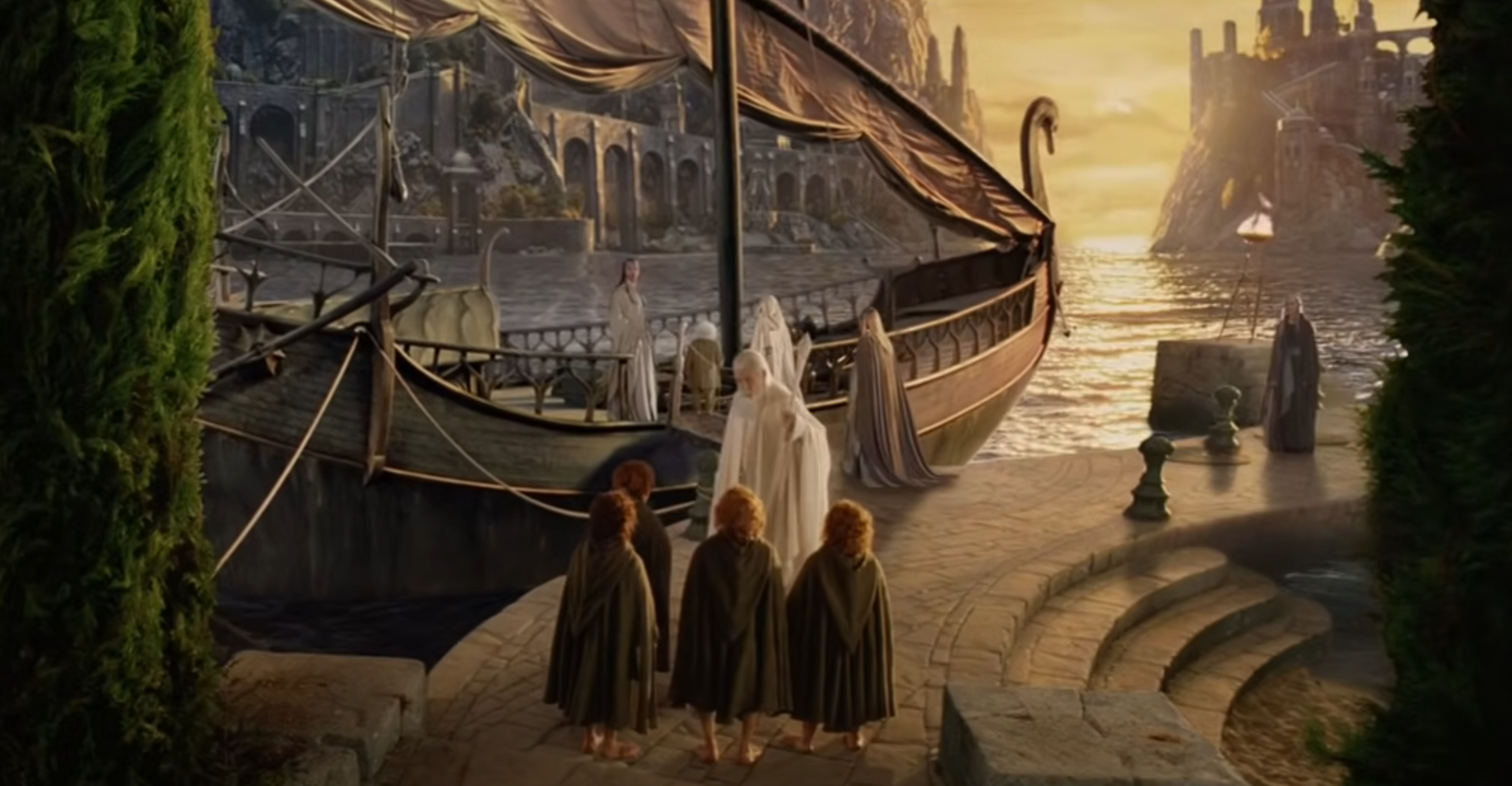
You were probably expecting more for Gandalf, but he was only sent to Middle-earth to help defeat Sauron, so by the end of the War of the Ring, his purpose has been served.
Gimli
You will be delighted to know that Legolas and Gimli did a kind of "lads holiday" after leaving Gondor, and they visited many places together like Fangorn Forest and the Glittering Caves (a Dwarven mine behind Helm's Deep). They remained friends, but Gimli eventually returned to his people in Erebor. However, it was devastated by war, and so Gimli left with his own army of Dwarves to make the Glittering Caves his home.

But Gimli doesn't just stay in the Glittering Caves until he dies, instead he spends the rest of his life creating magnificent works across Middle-earth, including in Gondor and Rohan. One of his great accomplishments is rebuilding the gates of Minas Tirith.
Gimli also reconnects with Merry and Pippin in Rohan, where he ensures that the history of his people is included in the Red Book (more on that below).
In Fo.A. 120 Gimli becomes the first and last Dwarf to sale West. After King Elessar (Aragorn) dies, Gimli and Legolas depart to Tol Eressëa together from the Grey Havens. As with Bilbo and Frodo, a mortal like Gimli wouldn’t be able to go all the way to Valinor, but Tol Eressëa represents effectively the same thing; it’s a paradise where you can spend your final days.
Legolas

Because this is the last we hear of him, we have to assume that Thranduil remains king of the Silvan, and is not succeeded by Legolas before Fo.A. 120. However, Legolas clearly becomes some kind of leader, because he is described as taking a group of Silvan Elves out of the Mirkwood/Eryn Lasgalen and into Ithilien, a region of Gondor. It is said that they return Ithilien to a beautiful state and leave it the fairest country in the Westlands.
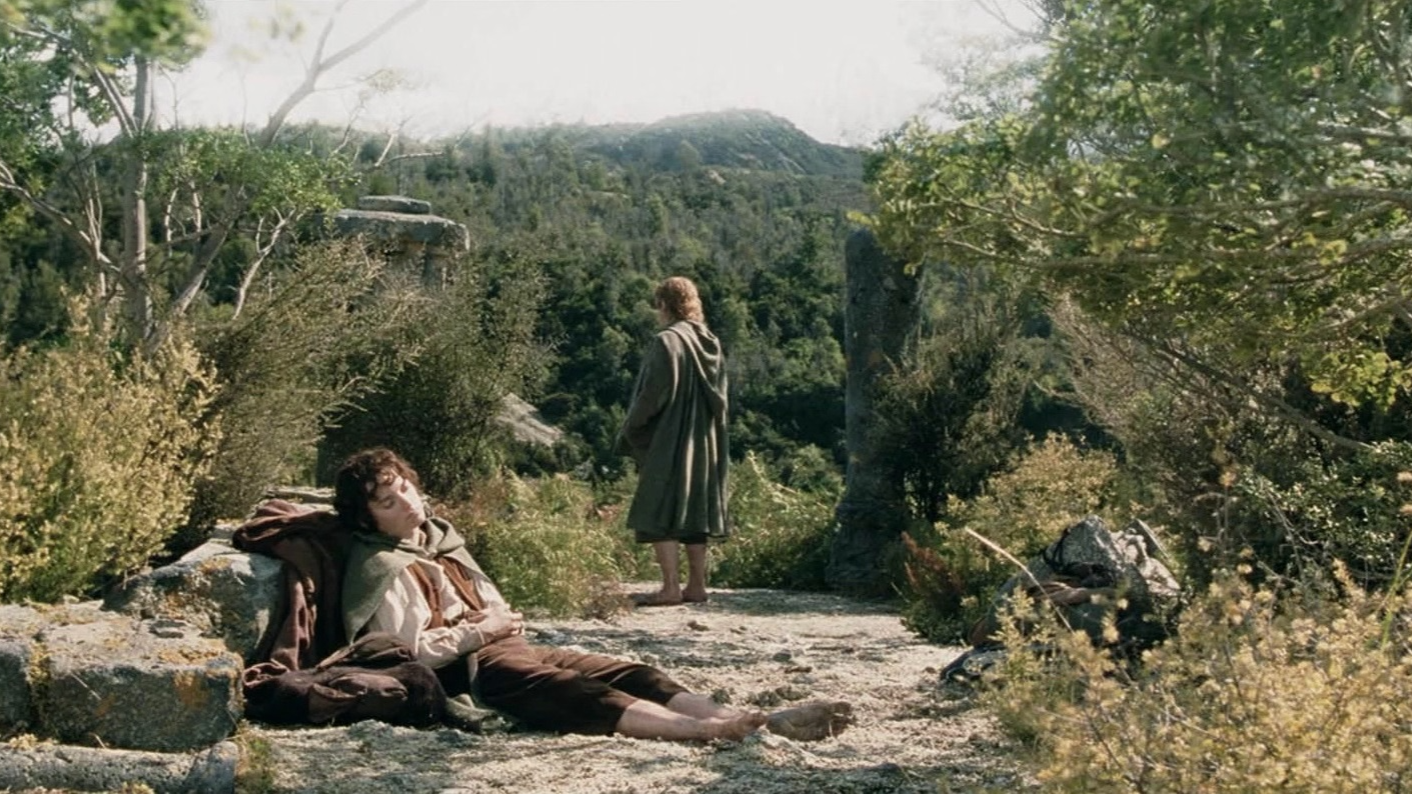
That's sadly all we hear about Legolas after the War of the Ring, but we do know that he helped Gimli with the rebuilding of Minas Tirith, and brought along Elven craftsmen.
Merry (Meriadoc Brandybuck)
Merry helped Frodo to rid the Shire of Sharkey and his ruffians (to be fair, him and Pippin actually took more of a leading role during the Scouring of the Shire), and then in the immediate aftermath he moved into Crickhollow with Pippin. Like Legolas and Gimli, Pippin and Merry wanted to keep spending time together (they were cousins, after all). But the bachelor life is only possible so long, and Merry soon married Fatty Bolger's sister, Estella, and became a family man for a time.
Merry lived a prosperous life in the Shire, inheriting the position of Master of the Buckland from his father in Fo.A. 11. This gave him the right to live at Brandy Hall, and he had nominal control over the Eastmarch of Buckland and the Marish of the Eastfarthing. During this period of his life he wrote at least three books:
- Herblore of the Shire: An exploration into the origins and historical development of the Hobbits' practice of smoking Pipe-weed, following its lineage from Tobold Hornblower, who first introduction to the Shire.
- Reckoning of Years: In this book, Merry examined the compared the calendars used in the Shire and Bree with those in Rivendell, Gondor, and Rohan.
- Old Words and Names in the Shire: Explored the linguistic ties between the Rohirrim language and certain "shire-words" such as "mathom," as well as ancient elements found in place names.
He and Estella had at least one son we know of, although there could be more. She passed away at some point before Fo.A. 63. And in that year, when he turned 102, Merry left the Shire with Pippin and headed east to Rohan.
[ad_placement]
The two hobbits stayed with King Éomer in Rohan, and enjoyed a summer together before the King passed away in the autumn of that year. After this, Merry and Pippin went to Gondor, where they spent the last of their days. It is said that they were both buried in Rath Dínen, where the kings and stewards of Gondor had always been buried. They were laid to rest on either side of King Elessar (Aragorn).
Pippin (Peregrin Took)
Upon returning home after the war, Pippin's contribution to the Scouring of the Shire (detailed in Frodo's section) was the raising of the Tooks to rebellian against Sharkey and the ruffians. He was treated thereafter as a true hero of the Shire, and he looked the part; thanks to the Ent-draught he and Merry were by far the tallest hobbits in the history of the Shire.
In Fo.A. 6, at 33, Pippin married Diamond of Long Cleeve, and three years later they had a child, who he named after Faramir. In Fo.A. 13 he became Thain of the Shire, which is the closest thing the Shire has to a King.
Unlike Merry, Pippin never wrote any books, but he did do a lot of historical research, especially into The Great Smials, which was the ancestral home of the Took clan.
At 93, Pippin left his Thainship to his son and travelled to Rohan with Merry. They were with King Éomer for the last few months of his life, before moving on to Gondor where they lived out the last of their lives alongside King Elessar (Aragorn).
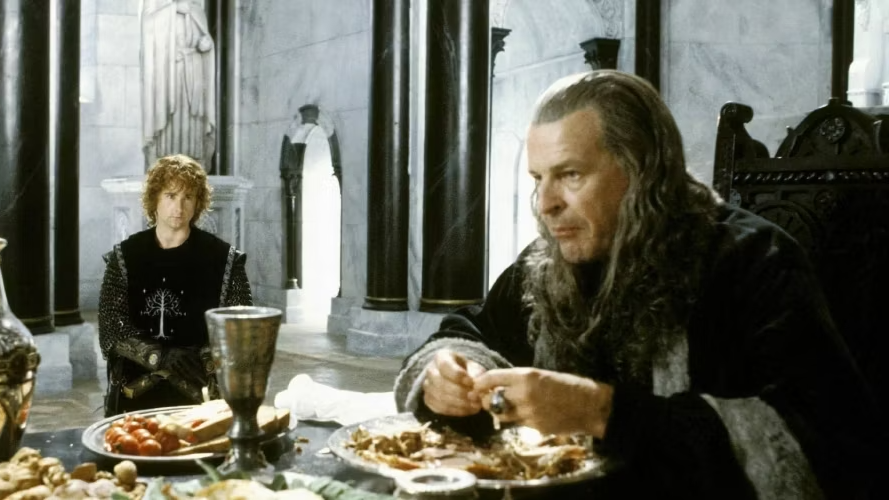
Sam (Samwise Gamgee)
And last, but most certainly not least, we get to Sam. After the War of the Ring and the Scouring of the Shire (detailed in Frodo's section), Sam does exactly what we see at the end of the film: he marries Rosie Cotton in T.A. 3020 (only a few months after returning to the Shire) and has thirteen children with her, eventually being elected Mayor of the Shire in Fo.A. 6.
There are a couple of details the films miss, because they don't cover the Scouring of the Shire. For one, Sam is hugely significant in repairing the Shire, even regrowing the Party Tree. For this his family are granted the new name "Gardner". And secondly, he and his family actually move in with Frodo and Bilbo at Bag-End.

Sam served seven consecutive 7-year terms in office, so a whopping 49 years as Mayor. He seems to have done much good for the Shire, and it sounds like he lived a fulfilling life, even travelling to Gondor in Fo.A. 21 with his wife and daughter, to spend a year with King Elessar and Queen Arwen. But the end of his life is bit of a mystery.
We know that Rosie dies in Fo.A. 61, and the last we hear of Sam is that he left Bag End, and went to the Tower Hills (in the Westmarch) where he was last seen by Elanor his daughter. He entrusts the Red Book to her (the book we see Bilbo and Frodo writing during the films, which chronicles their adventures) and then tells her he's leaving for the Grey Havens, where he will sail West to be reunited with Frodo. We have no confirmation that he made it there, or found a boat willing to take him, but it's perfectly plausible he did.
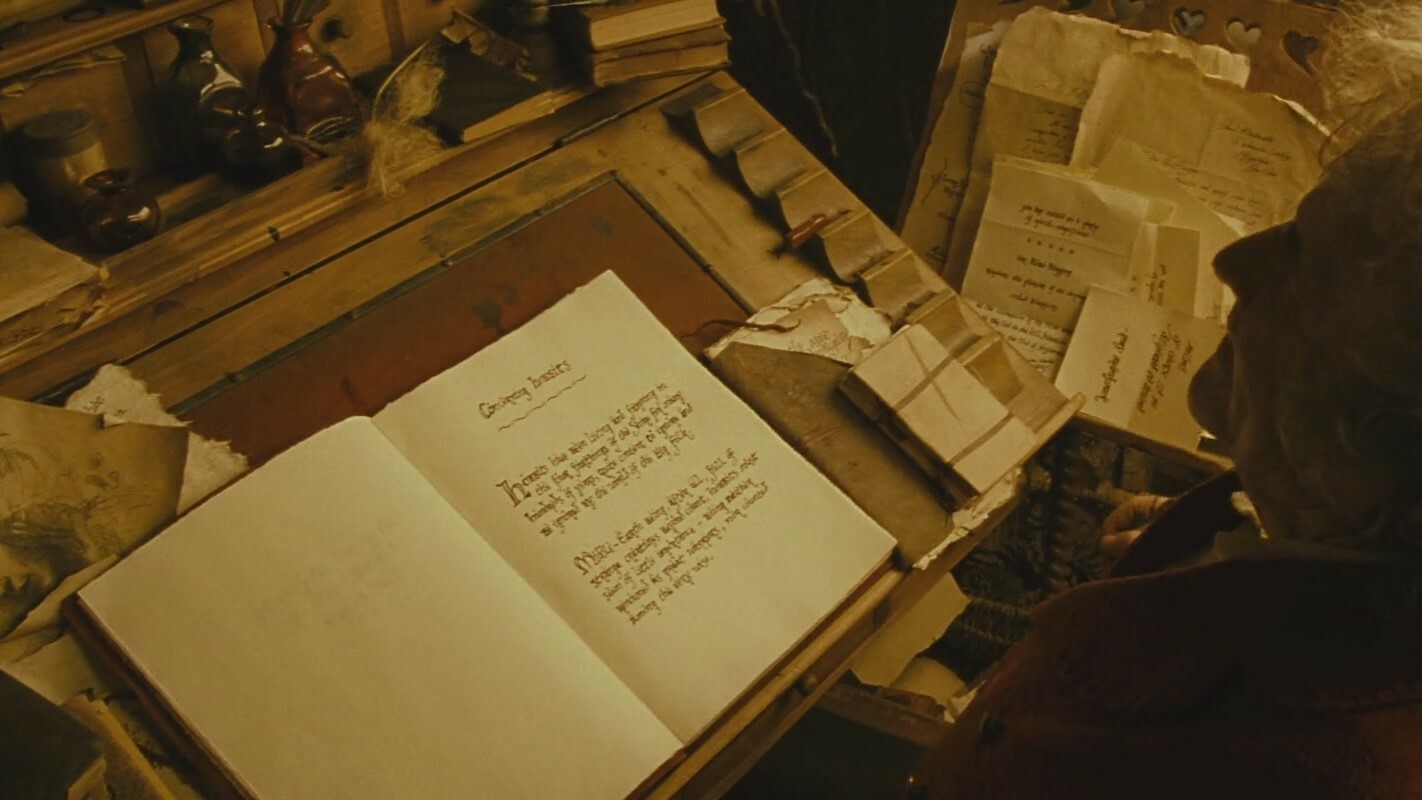
In Tolkien's original framing narrative for The Hobbit, he claims to have come across The Red Book as part of a collection of manuscripts. This is how he could supposedly share the stories of the Lord of the Rings and The Hobbit, the conceit is that the events we read about in Middle-earth actually happened in the past. This is why certain commentators believe he was writing a mythology for England.
We hope you enjoyed that brief overview of what happened to each member of the Fellowship after the events in the Lord of the Rings. For the most part, they lived fulfilling lives, often reconnected with one another, and passed away peacefully or sailed West.






























